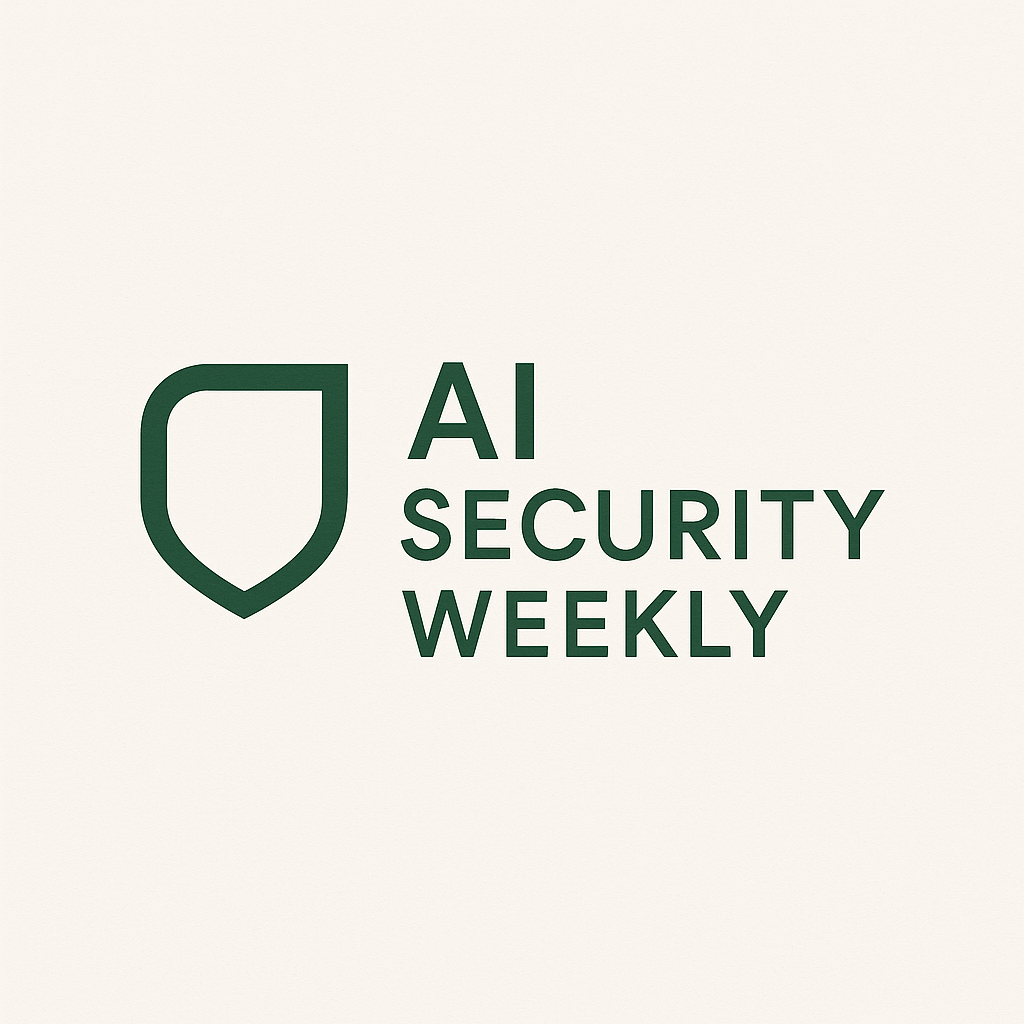The rapid advancement of artificial intelligence (AI) is undeniable, with new generative and agent-based models emerging almost every month. Major tech companies are betting heavily on AI as a transformative force in the next industrial revolution. However, significant changes in the industry by 2025 will be based more on practicalities than lofty ambitions.
At the recent NTT Upgrade 2025 event in San Francisco, a crucial message emerged: the real progress in AI this year is less about achieving artificial general intelligence or substituting human workers, and more about optimizing workflows within businesses and enhancing productivity.
According to Naveen Rao, vice president of AI at Databricks, “The true advantage of AI currently lies in its ability to assist humans rather than replace them.” Rao emphasized that Databricks is focusing on creating workflows that enhance productivity and precision, particularly in areas such as software development, rather than automating tasks for its own sake.
While the excitement around autonomous AI models continues, Rao advocates for a realistic approach: AI agents are primarily intelligent retrieval systems. “They source information from various formats and can automate repetitive tasks, but they are not sentient entities,” he explained. The specificity of queries is vital; clearer questions yield more accurate results. While the open web provides vast amounts of data, context and nuance are integral.
Rao emphasizes what he terms the “two-year rule,” recommending that developers and enterprises focus on building and implementing systems that are feasible and commercially viable within a 24-month timeframe. “Failing to meet this window means designing for a future that might not materialize,” he stated.
Focusing on Pragmatic Solutions
Sridhar Ramaswamy, CEO of Snowflake, shares Rao’s practical perspective, prioritizing scalable systems that deliver immediate business benefits rather than chasing artificial general intelligence.
Ramaswamy pointed out that his team aims to tackle significant problems through technological innovations. At Snowflake, they are deeply investing in AI tools for automating data migration and supporting integration, thus blurring the lines between products and services. He also stressed that usability is crucial in a fast-paced environment and that most valuable company data exists behind firewalls, emphasizing the need for applications that comprehend context effectively.
In 2025, the focus will shift towards creating AI solutions that promptly and accurately answer vital internal business queries. Whether it concerns daily revenues or product line performances, AI innovations will increasingly target these specific needs.
Understanding the UI Opportunity
While much attention is often given to technical specifications, Rao identifies the user interface (UI) as a critical opportunity. “For AI agents to be effective, we need to overhaul how users interact with them,” he remarked. This is particularly pertinent in specialized sectors like law, finance, and logistics, where conventional AI tools may fall short.
Ramaswamy illustrated the need for accessible solutions in practical scenarios, likening the situation to needing immediate information in a noisy factory environment without a laptop at hand. The goal is to create seamless, impactful tools that fit effortlessly into daily workflows.
Yet challenges persist. Rao noted that hardware advancements must keep pace, with factors like inference costs and specialized chips playing a significant role in determining future success. Companies such as NTT are already exploring alternatives like photonics in data centers, which could significantly enhance AI capabilities.
As we look ahead to 2025, the companies poised for success will be those that make AI practical and solutions-oriented, focusing on addressing genuine issues at scale with precision.



